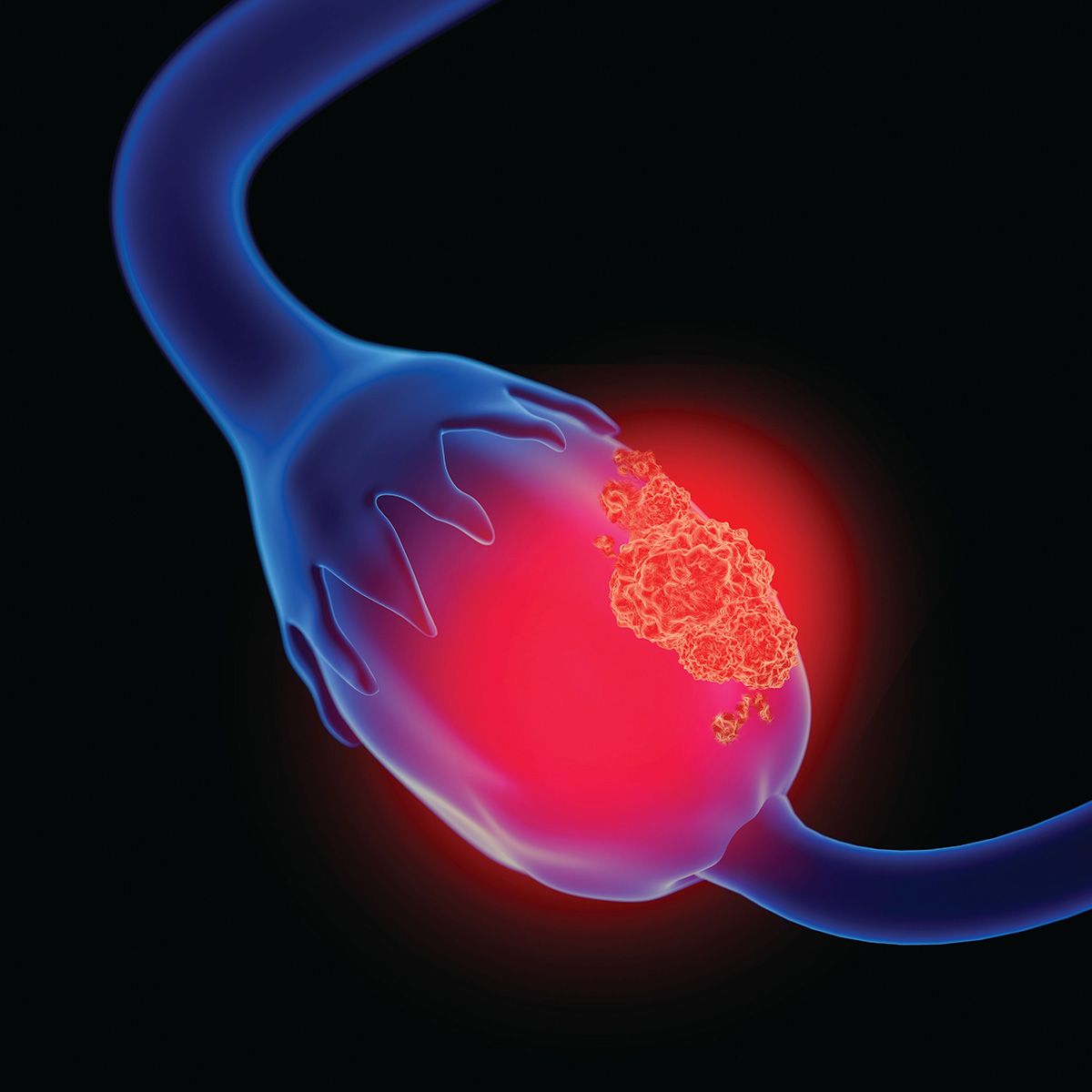Article
Cancer, Redefined
Cancer is filled with a ton of crazy terms that doctors like me often have to translate.
“Before we start, when you talk to us about how you plan to take care of my wife’s cancer, make sure that you use language and terms we all understand,” said every husband of every patient I have ever treated.
After completing my undergraduate college degree in biochemistry/molecular genetics with minors in chemistry and psychology, I began medical school: a four-year accelerated program that was a roller coaster ride in human biology and disease. Prior to med school, I had taken exactly one biology class, and that was in high school. Despite biology, anatomy and physiology having not changed too much in the prior seven years, I still had a lot of catching up to do. I spent the first two years of medical school seated in front of a book, 12 hours a day, with chest pain. There was much to learn and I wasn’t so sure I was up to the challenge. My daughter, on the other hand, a current third year in medical school, has a different experience. “It’s not that the concepts are difficult. It’s just that there is so much of it, so fast.” But, she was Biology major in college. And the high school valedictorian. I was neither. And for that matter, neither are most people.
For me, the language of medicine was most daunting. Super-long, complex, compound words filled each of the 700 pages in each of my books. It may as well have been Latin or Greek for all that I could decipher. In fact, much of it was. And in the beginning of each new course, there was more new language. With time, my trained brain sorted this alphabet soup and word salad into digestible patterns of information. I began to instinctively dissect these previously unintelligible phrases into manageable chunks that made sense. “Hepatobiliary adenocarcinoma”, initially read as hepato-what of the adeno-who but now immediately translates as “a liver or bile duct glandular cancer.” I began to understand and use the language in which doctors communicate. A language that I call “Medicalese.” Although initially cumbersome, Medicalese proved to have advantages over regular English, or “Human” as I now call it. Medicalese was far more precise. For instance, in “Human” I had an arm bone. In “Medicalese”, my radius, ulna or humerus provided the skeletal support of my upper extremity. Furthermore, each bone had terms that described the sections (ramus, epiphasis, intrarticular portion), the joints (ball and socket, symphasis) and the functions (structural, calcium sink and marrow production of cellular components of blood). And now, as Medicalese is my primary language, if you were to tell me that you busted your arm, I would have no fricken idea what you meant.
My primary job as an oncologist is to create a cancer treatment plan that meets the goals and values of each patient. Success requires me to be bilingual. I must be fluent in Medicalese to understand cancer: the disease, its treatment options, its prognosis and future expectations of the disease and its treatment. I must also understand the nuances of Human to understand my patient: her goals, that which she is willing or unwilling to tolerate, her values, her culture, her religious beliefs, her strengths, her limitations. Subsequently, in discussions with patient, I constantly find myself mentally translating, back and forth, between Human and Medicalese. I often feel like I work for the U.N. with two languages scrolling simultaneously through my brain. Occasionally, during a patient conversation when word searching for an appropriate English phrase, I’ll close my eyes and search the memory banks saying, “In Medicalese we call it ‘proprioception.’ I’m trying to think of the Human word for it.”
Conversations with other clinicians, on the other hand, are precise and efficient. Sure, the words can be humongous, but their meanings are exacting. And when the terms get too long, we abbreviate. All doctors know that a GBM is a glioblastoma multiforme, the brain tumor that Senator McCain was recently diagnosed. Furthermore, these three letters not only identify the specific cancer, they telegraph its prognosis and treatment as well as anticipated side effects and complications. That’s a lot of information from three letters. This is the benefit of Medicalese. And according to W. Edwards Deming, as each system is perfectly designed to get the results that it gets, doctors often fall back into their efficient, primary language whether or not the intended audience is fluent in Medicalese. For us, it’s a language of convenience. For patients, gobbledygook.
Expecting our patients to comprehend Medicalese is both unfair and unwise. Yet in our haste, and for the sake of brevity and efficiency, we occasionally slip up. Patients, caught in the vulnerability of their disease, feel uncomfortable asking for clarification. The result is a noncommunication on the most important issue of their lives: their disease and its treatment. This scenario plays out every day to every doctor and every patient. And as a result, people make bad decisions regarding their health. Sometimes, really bad decisions. After all, this is not like getting the car fixed. The mechanic examines my car, reports to me in effusive language, and all I hear is that my car needs a new set of balls and has some sort of disharmony going on. He fixes it. I give him my credit card. Done.
Medicine, especially cancer and its treatment, is not only very complex, it is also rapidly changing. Making the right treatment decision for you requires an understanding of a vague and foreign landscape replete with enormous words, pretty charts and graphs, crazy biostatistics, novel concepts, new discoveries and an ever-growing list of nonpronounceable drugs. Understanding this landscape is the key to managing your disease. As we docs are not always reliable in conversing in Human, Cure Magazine has allowed me the honor of presenting a new blog series, “Cancer, redefined” to better define some of the newer cancer concepts, treatment philosophies, and options in the current climate of personalized medicine. I hope that you find this series both enjoyable and informative. We begin next time with the word “survivor.”




